#GreenUp2019 is a month long challenge taking place this January, helping our audience make greener, cleaner decisions. For more information on the challenge, read here and follow along on our Instagram.
Welcome to our first challenge of #GreenUp2019—household cleaners!
Your home is your safe place. You want to spend time in a clean, peaceful environment, but what happens when the household cleaners you use are actually bringing more toxic chemicals into your space?
We’re going to walk you through which chemicals to look for in your cabinets and what you can replace them with. Be sure to follow along on our Instagram, and post photos of your swaps or DIY concoctions using the hashtag #GreenUp2019 for the chance to win prizes!
Chemicals to avoid
According to the Organic Consumers Association the chemicals in cleaners like foam, bleach, and disinfects that make our dishes, bathtubs and countertops gleaming and germ-free may contribute to indoor air pollution, are poisonous if ingested, and can be harmful if inhaled or touched.
The type of harm cleaning ingredients may cause varies. Some cause acute, or immediate, hazards such as skin or respiratory irritation, watery eyes, or chemical burns, while others are associated with chronic, or long-term, effects such as cancer.
Here are just a few chemicals to avoid in your household cleaners. Take some time this week to scour your cabinets and look for any of these ingredients.
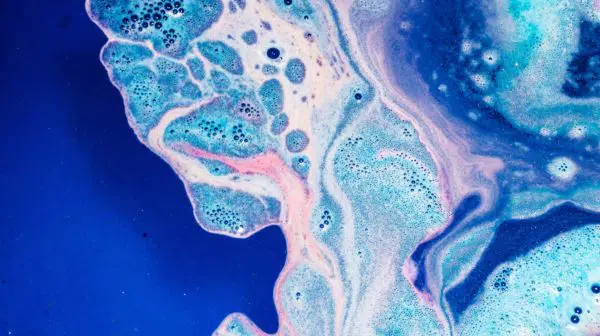
triclosan
Triclosan is an antibacterial chemical also found in chemical household cleaners and beauty products. Studies have shown that triclosan can disrupt both the fragile endocrine system, as well as our thyroid hormones.
Like parabens, it can mimic estrogen and increase growth of breast cancer cells. Even though it is designed to help keep us healthy, triclosan can actually help in the development of antibiotic-resistant bacteria, potentially making us sicker in the long run.
Phthalates
Phthalates are a class of chemicals found most commonly in fragranced household products, such as air fresheners, dish soap, countertop sprays, and even toilet paper. Outside of household products, phthalates are used in industrial materials as plasticizers, varnishes and coverings (yikes!).
The concern with phthalates is that they have the ability to mimic human hormones. They’re one of the so-called “endocrine disrupting” compounds, which have been shown to cause health problems.
According to a report by the University of Maryland, animal and human studies have shown that exposure to phthalates may cause reproductive abnormalities, decreased testosterone production in boys, and decreases in male fertility. Some studies have indicated a connection between phthalate exposure and the exacerbation of asthma or lung problems and even skin allergies. Other studies show a link between phthalates and premature delivery and endometriosis in women.
ammonia
Ammonia is another very common ingredient in chemical household cleaners. Studies show that it can be extremely irritating to your lungs, exacerbating respiratory conditions like asthma and bronchitis.
In addition, other studies reveal ammonia is particularly harmful to your brain, where it can interfere with its energy pathways and cause harm to brain cells.
2-butoxyethanol
2-butoxyethanol is another ingredient found in surface and window cleaners that has extremely harsh side effects. According to the EWG, it can cause respiratory irritation when inhaled, as well as cause skin irritation.
In addition, it also depresses the central nervous system and causes genetic defects, reproductive toxicity, pulmonary edema, and cancer.
Getting rid of your old products
Yay! You’ve picked out the old icky cleaners you’re going to get rid of, but now you actually have to throw them away.
You don’t want to pour potentially hazardous chemicals down the drain where they can pollute the environment and potentially harm wildlife or even human life. But you’re also not sure you should throw them in the trash.
Check out this article for information on how to get rid of your old products.
Products to use instead
Ingredients to look for
Look for products made with all natural ingredients, like baking soda, essential oils, vegetable soap (sodium cocoate is a great one!) or vinegar.
Our recommendation: Meliora
We recommend ultra-clean brand and Certified B-Corp, Meliora. They’re MadeSafe certified, just like us, and rated well by the Environmental Working Group.
Their products get the job done while maintaining a clean ingredient list—just what we like to see!
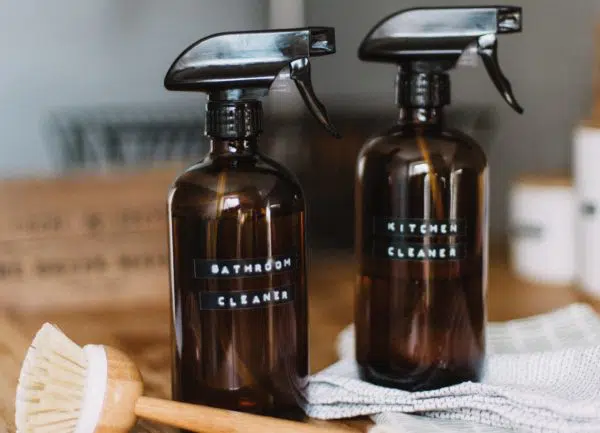
DIY Household Cleaner
If you’re not looking to buy new products and choosing to opt for a DIY method, we have you covered. You can use this for just about anything in your kitchen, bathroom, or any room of the house!
ALL PURPOSE SPRAY CLEANER
Ingredients:
1/2 tsp of baking soda
1 cup of distilled white vinegar
A few drops of lemon essential oil
1 cups of hot water
Spray bottle
OPTIONAL – Small branch of ornamental eucalyptus
Directions:
Combine ingredients and store in a spray bottle. The baking soda and vinegar may be fizzy at first, but will calm down.
Optionally, you can purchase some ornamental eucalyptus branches at your local farmers market. I like to break off a piece small enough to fit in the spray bottle and leave it in there until I run out of the cleaning solution. It makes the spray smell like Eucalyptus and the oils are cleansing!
Use to clean kitchen and bathroom counters, sinks, and other surfaces.
What did you find in your cabinets? Do you have any DIY cleaning recipes? Share your experience in the comments below!
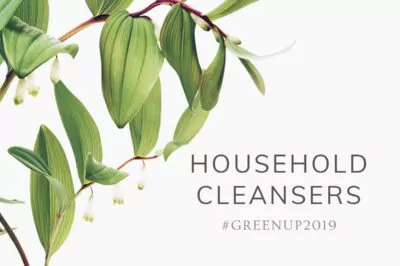

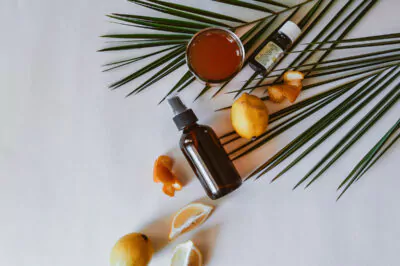
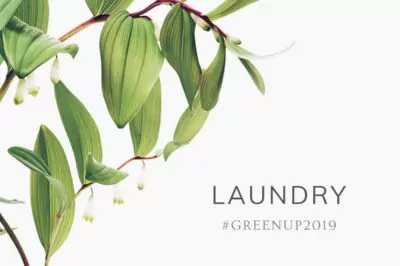
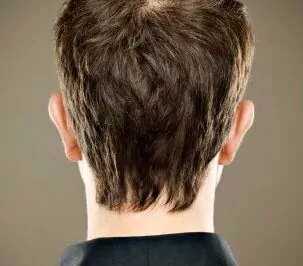
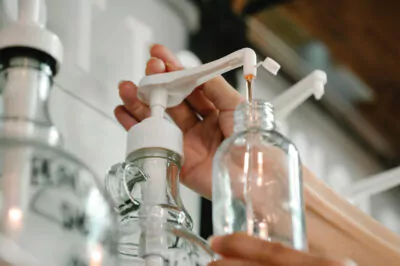
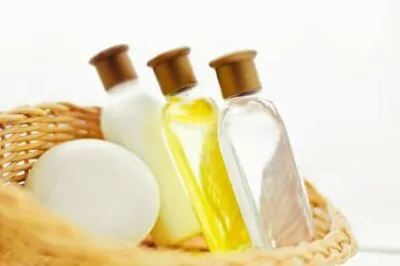
My favorite all purpose cleaner is Dr. Bronners peppermint soap diluted in water. Economical, smells great, and works great! I make up a gallon at a time. I think it’s 4 Tbsp. Dr. Bronners to 1 gal. Water
I use Dr. Bronners for most of my cleaning. The website has all the info you need.
Thanks so much for providing the DIY cleaner formula! I’m wondering if the “1 cups” of water, as given, is correct??
Hi Karen,
Yes, 1 cup is correct. Thanks for catching!
– The ASC Team